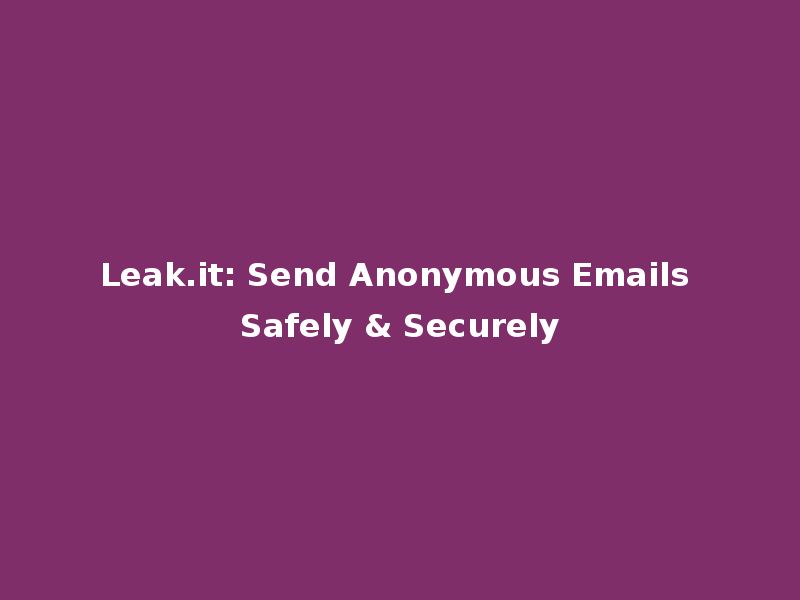The End of White Lies? How Geolocation Tech is Changing Honesty
The New Era of Location Verification
Gone are the days when a simple “I’m on my way” could buy you extra time. With today’s geolocation technology, your exact whereabouts can be verified instantly. Whether it’s:
- An employer checking your commute status
- Parents verifying their child’s location
- Partners confirming dinner plans
Geocoded messages and location-sharing features have made honesty the only viable policy.
How Geolocation Exposes Little White Lies
Consider these common scenarios:
Workplace Accountability
Boss: “Where are you?”
Employee: “On my way to the office.”
Boss: “Share your location.”Parental Oversight
Parent: “Where are you?”
Teen: “At Jimmy’s house.”
Parent: “Send me a pin drop.”
Modern technology provides multiple verification methods:
- Real-time location sharing via messaging apps
- Geotagged social media posts
- Video calls showing your surroundings
- Map screenshot requests
The Psychological Impact of Location Transparency
This technological shift creates a fascinating social dynamic. As one writer experienced:
“When a friend messaged about meeting plans I was running late for, my instinct was to claim I was already en route. But with location data visible, I chose honesty: ‘Sorry, got a late start—just leaving now.’”
The Growing Prevalence of Location Verification
This isn’t speculative futurism—it’s happening now:
- Parents use Find My Friends to monitor teens
- Employers verify remote workers’ locations
- Partners share locations for safety and trust
As messaging platforms integrate more geolocation features, this verification will become even more seamless.
The Bigger Picture: A New Social Contract
While some view this as intrusive, others see it as promoting accountability. Key considerations:
- Privacy vs. Transparency: Where do we draw the line?
- Consent Matters: Should location sharing always be opt-in?
- Cultural Shift: We’re adapting to new norms of digital honesty
Like it or not, geolocation technology is reshaping how we communicate truth in our personal and professional relationships. The question isn’t whether this trend will continue—it’s how we’ll navigate this new era of verifiable honesty.












